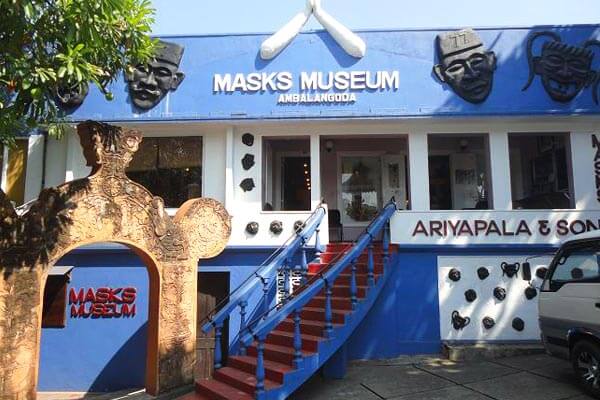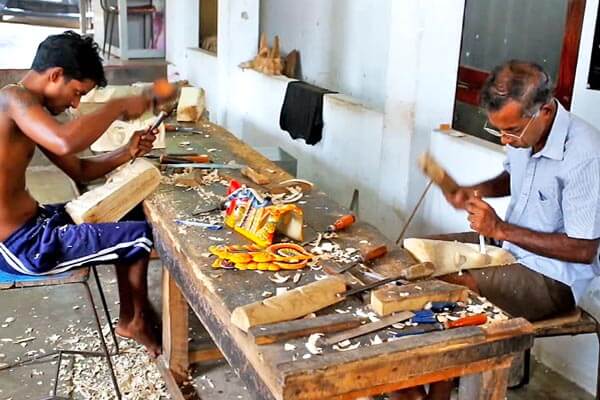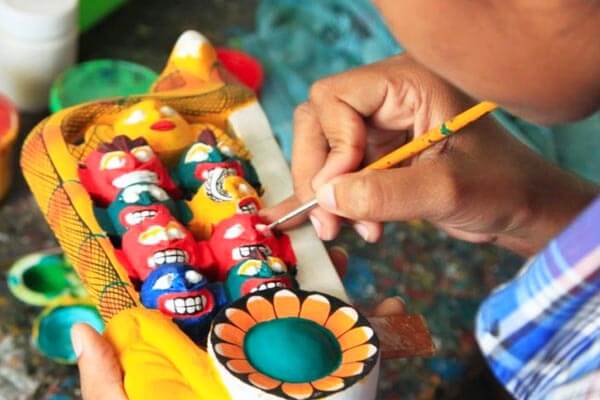Galle City & Dutch Fort
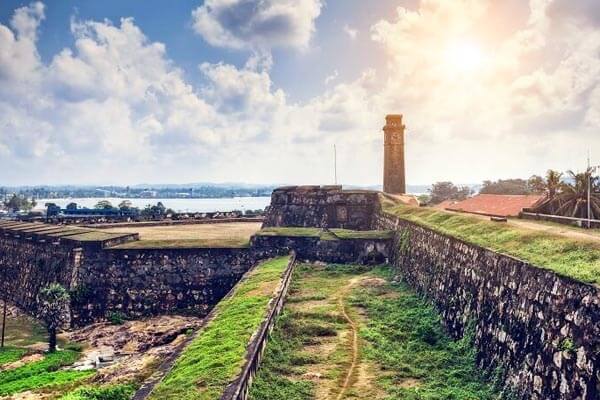
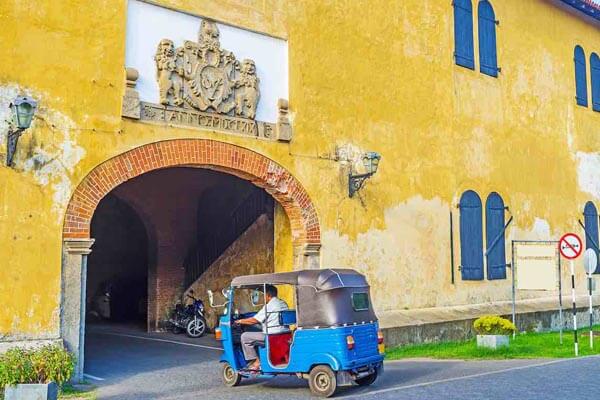
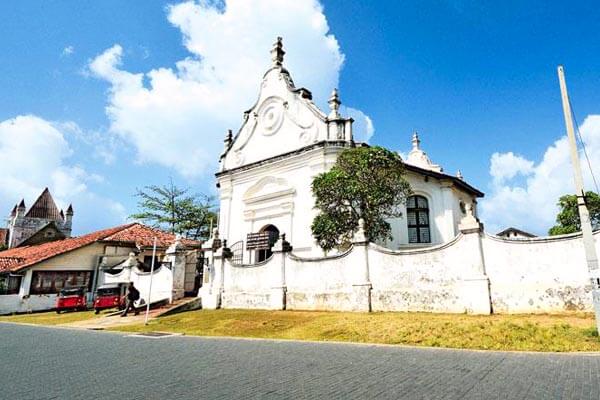
Dutch Reformed Church
The Dutch Reformed Church was built in the 18th century by Commander Casparus de Jong to commemorate the birth of his daughter. Cruciform in shape with high, vaulted ceiling, the church is an imposing sight. Its pulpit is topped by a large, impressive canopy, and a balustraded staircase leads to organ loft. However, the most striking feature of the church is the ornate tombstones laid into the floor and adorning the walls, which were moved here from Dutch cemeteries. The memorials underline just now hard life on the island was for the early colonialists. More tombstones can be seen in the church’s grounds.National Maritime Archaeology Museum
Housed in an Old Dutch warehouse, this large museum showcases miscellaneous marine artifacts. The visit begins with film screening that details the history of various shipwrecks, such as the HMS Hermes, off the East Coast of Sri Lanka. Items recovered from some of these sites are on display in the halls, and include maps, earthenware, beer mugs, smoking pipes and artillery guns. The beardman mug, excavated from the wreckage of the Dutch ship Avondster, is one such relic. In addition, the museum also covers other subjects related to the sea, such as the influence of shipping and foreign trade on Sri Lankan language, culture and history. The museum’s collection suffered extensive damage during the 2004 tsunami, and a number of artifacts were lost. In their place are some new exhibits that were found in the aftermath of the disaster, such as a wooden Buddha statue, believed to have been towed by the waves from an unknown location.MADHU GANGA : Fish Therapy
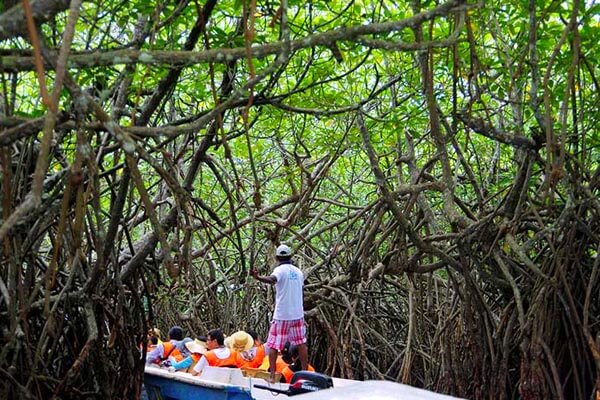
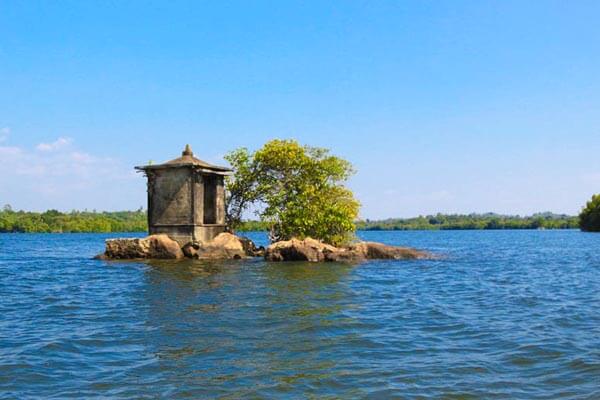
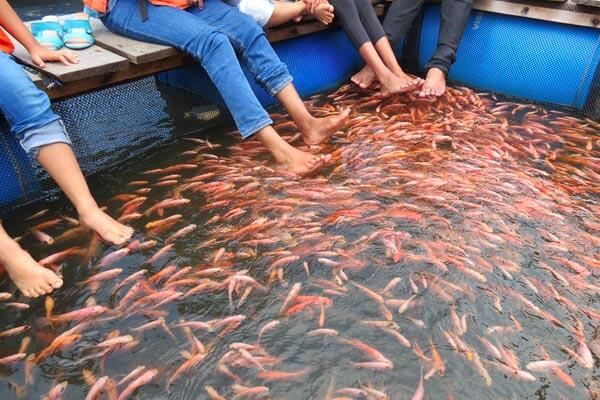
Bentota & Water Sports
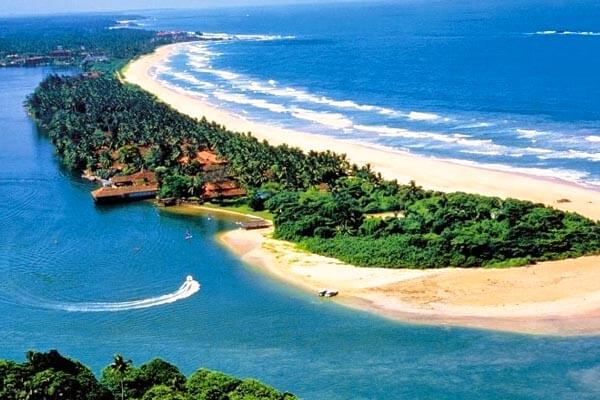
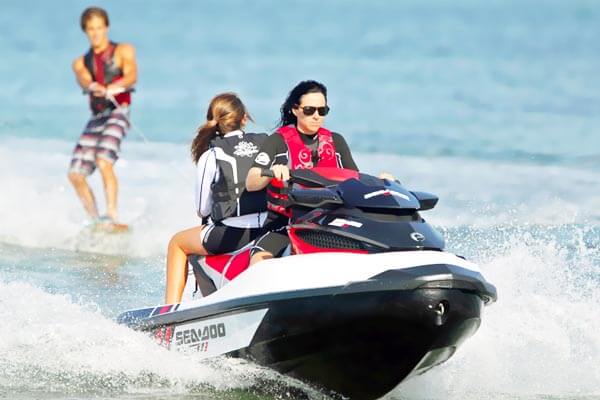
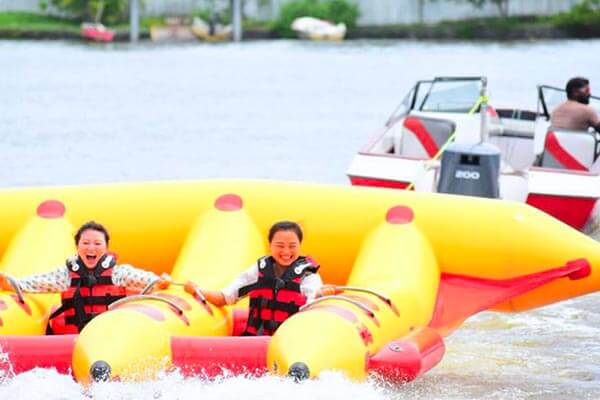
Water Sports in Bentota
The calm waters of the broad Bentota Ganga Lagoon are perfect for a gamut of thrilling activities year-round, making Bentota the de facto watersports capital of Sri Lanka. The area is popular among visitors, who come to enjoy windsurfing, kitesurfing, water-skiing and banana-boat rides on the river. In addition, angling enthusiasts can spend a rewarding day aboard a fishing boat as a variety of game fish including marling, barracuda and tuna thrive in the waters. Diving and snorkeling are also popular activities along the coast and can be enjoyed from November through to April before the monsoon arrives. Canoe Rock is among the most notable dive sites in Bentota, accessible to divers of all levels. With extensive colonies of beautiful coral and schools of brightly colored fish, this is a very large site that requires several dives to be explored fully. Equipment rental, lessons and package deals are all available at hotels, guesthouses and water sports centers in Bentota.
Water-skiing is among the most sought after activities on the Bentota Ganga, with both beginners as well as seasoned skiers guaranteed a great time.
Diving along the coast can make for a great experience. There are a number of dive schools that organize lessons for novices, and help them explore sites.
Banana boating on the lagoon is bound to elicit screams and shrieks of delight as the inflatable boat is towed at speed, with the driver navigating some sharp turns.
Deep-sea fishing boats spend around four hours out on the ocean casting for snapper and grouper fish. Anglers can take their catch back for dinner.
Windsurfing is popular in Bentota, with strong winds making for ideal conditions Beginners are encouraged to practice within the lagoon whereas the more experienced surfers can take to the ocean.
Hikkaduwa
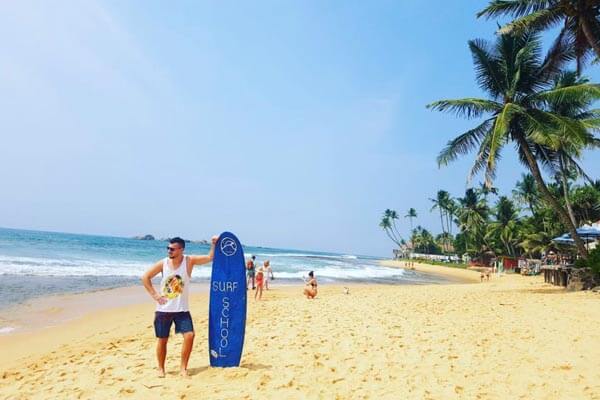
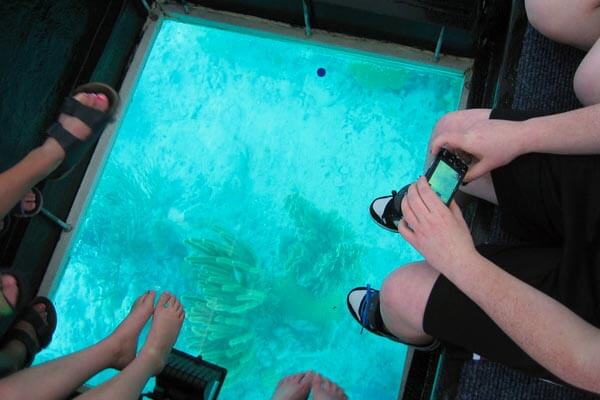
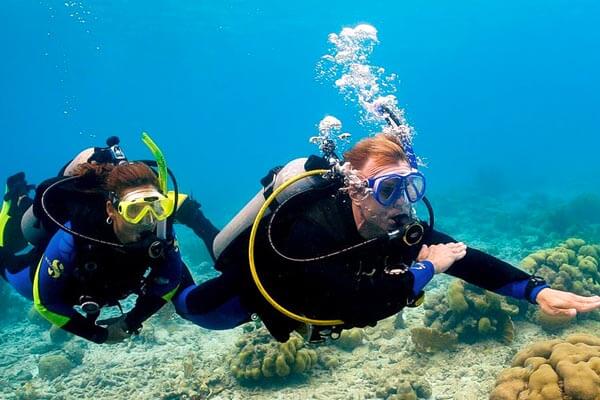
Diving in Hikkaduwa
One of Sri Lanka’s most popular dive destinations, Hikkaduwa has a good range of dive sites. Some, such as off Coral Gardens offer swim-through caves and valleys that can be explored. Tropical fish abound but the real reason go underwater is to see the red and orange coral. Diving the rock formations at Kirala Gala, about a mile offshore, can also be very rewarding with its stunning coral and an abundance of fish such as wrasse, anglefish, parrotfish and trigger fish. It is however a deep dive at 40 m (131 ft) and is only open to experienced divers. There are also a number of shipwrecks that can be explored, such as The Earl of Shaftesbury, a 19th century sailing ship and SS Conch, an oil tanker that sank in 1903. Diving conditions are best from November to May and there are plenty of dive schools to choose from.Unawatuna & around
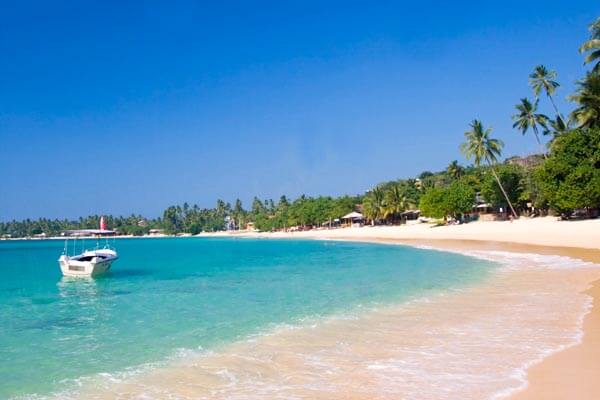
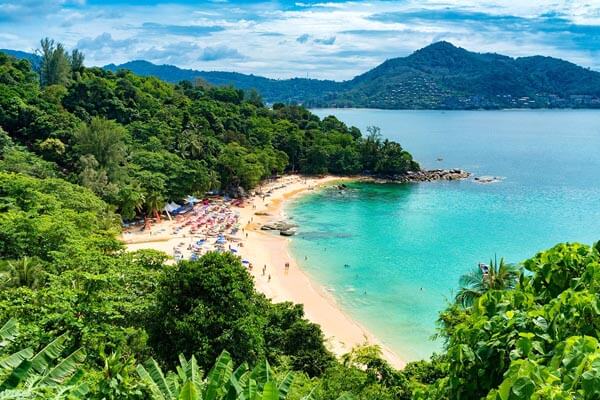
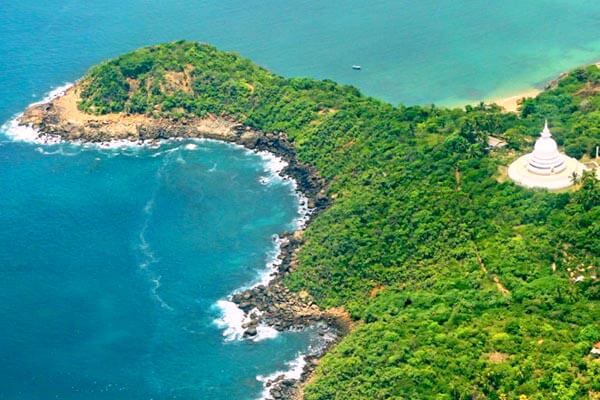
Hiyare Reserviour Rain Forest
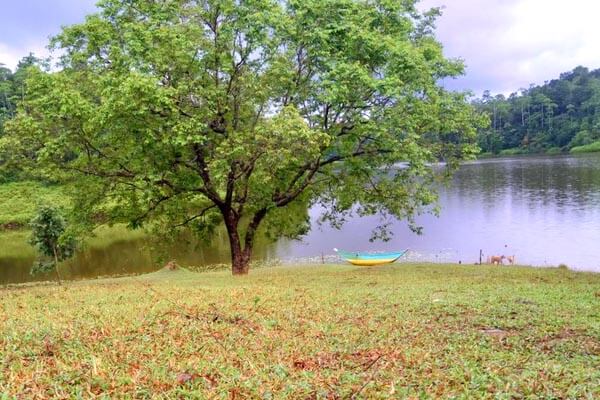
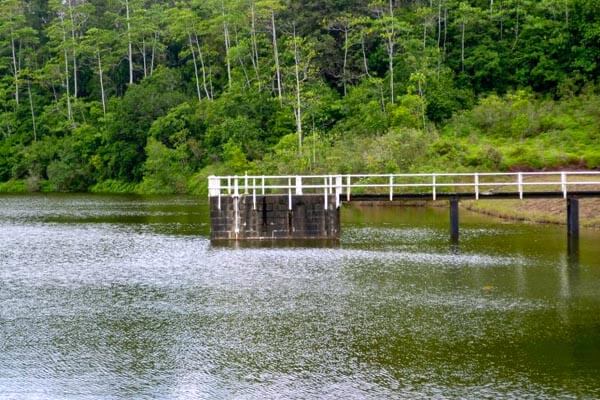
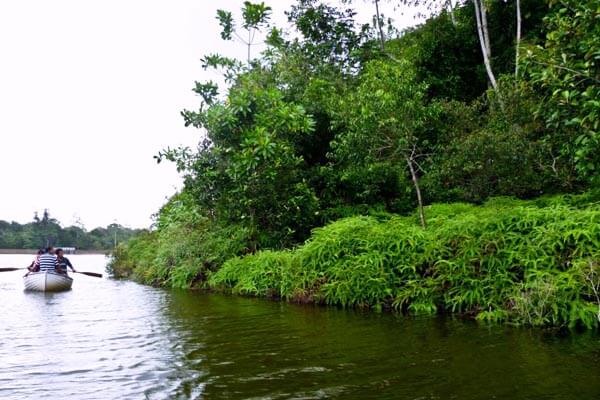
PARAMOTORING
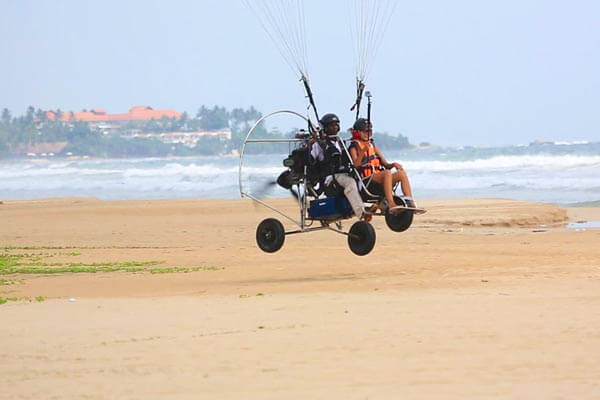
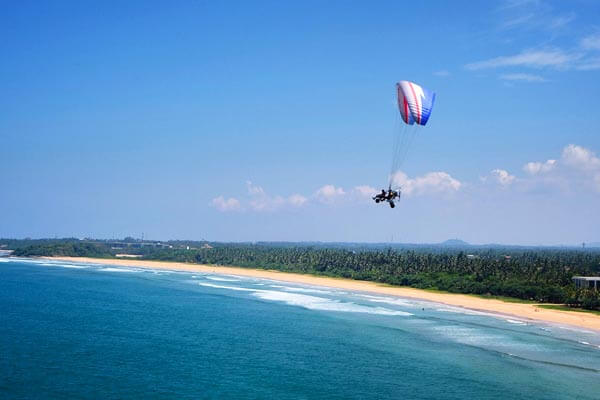
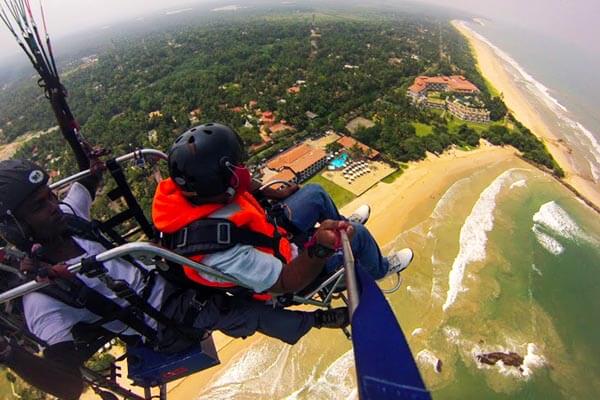
AMBALANGODA MASK
